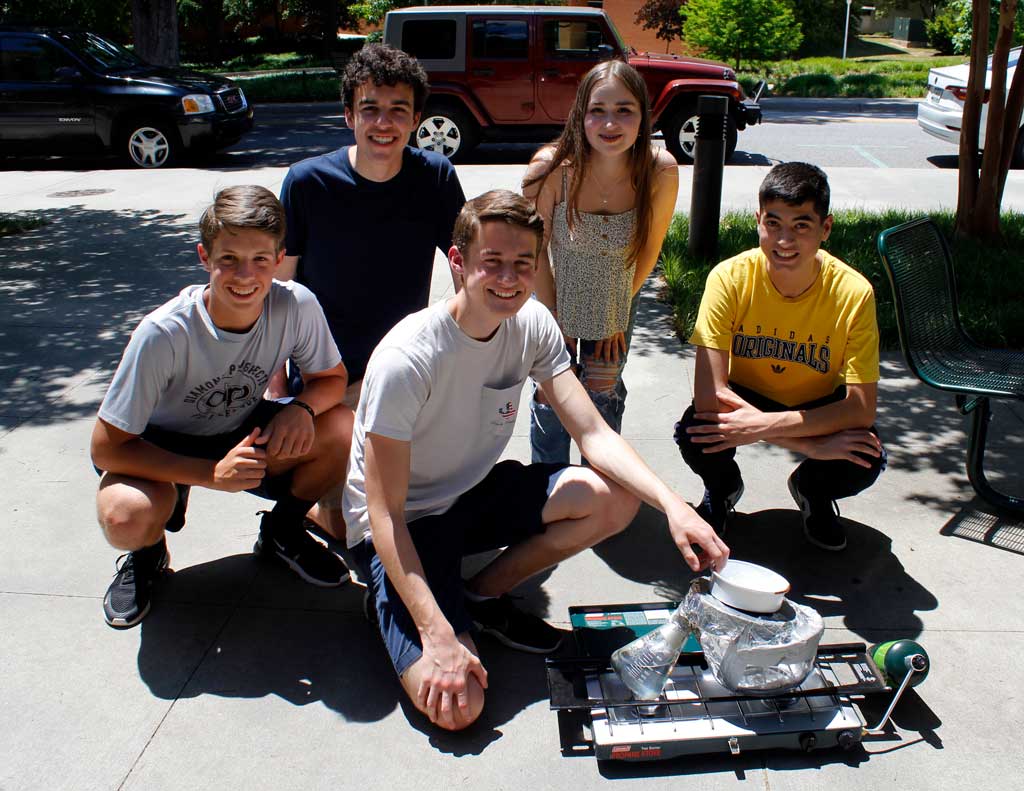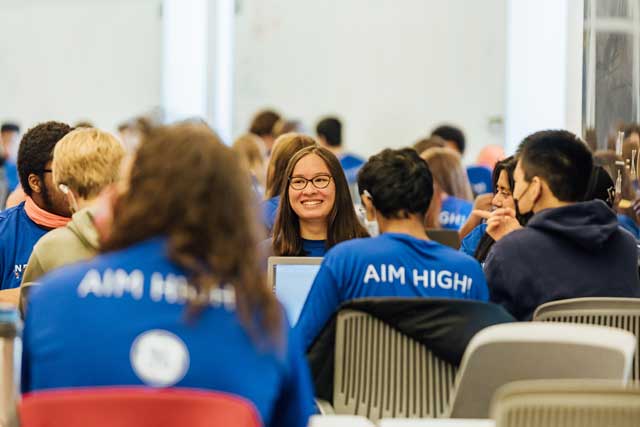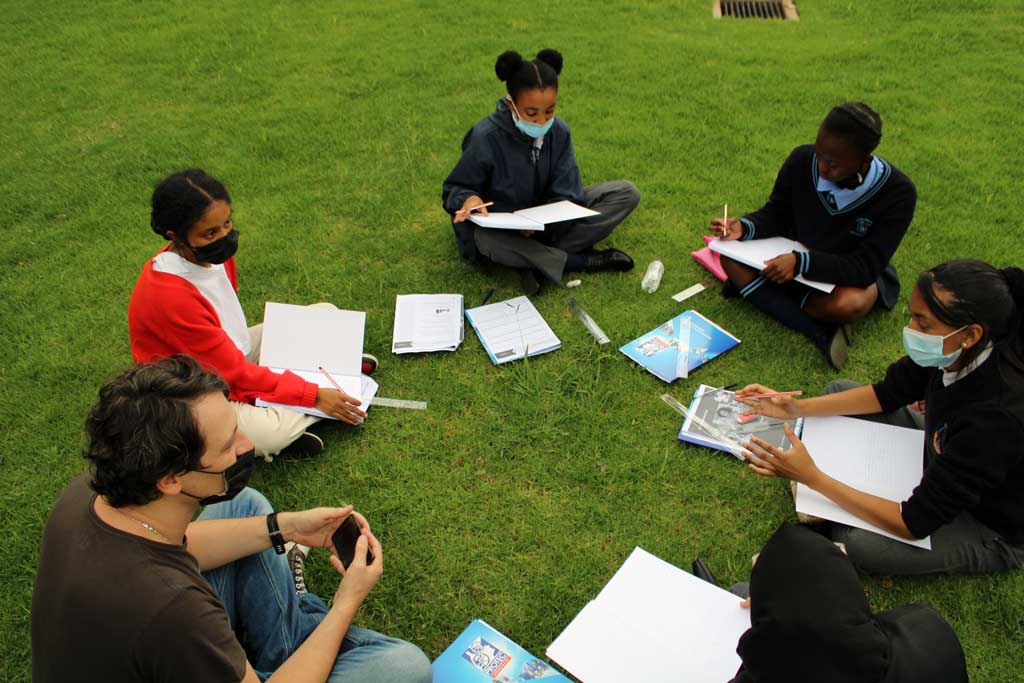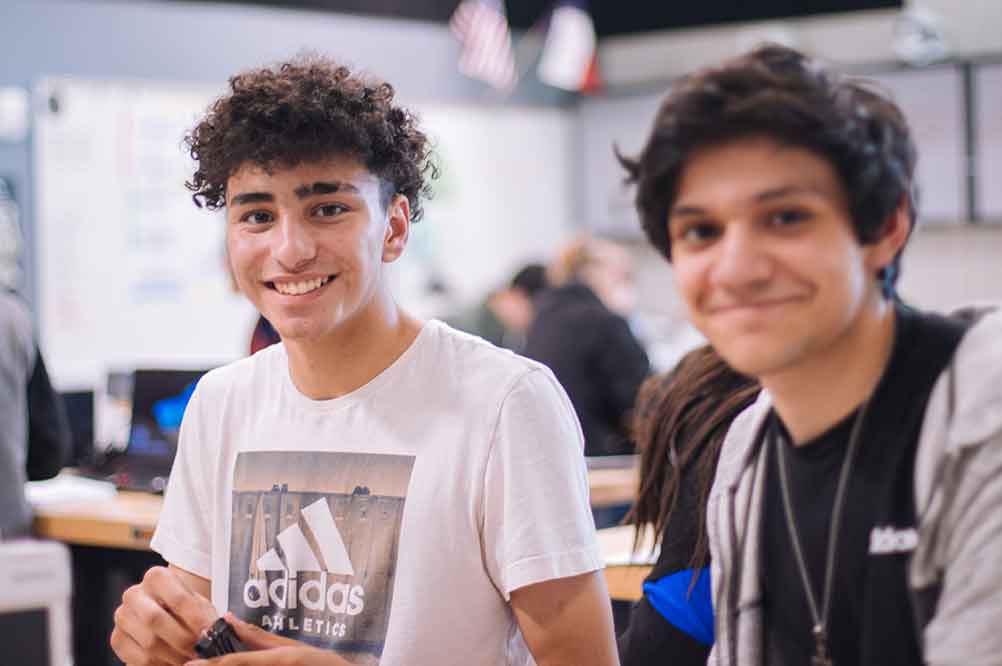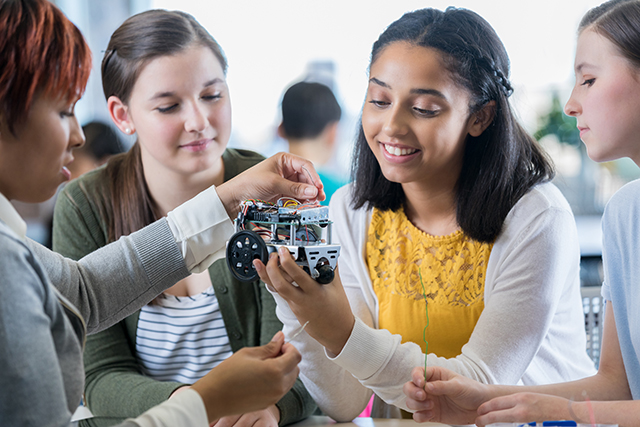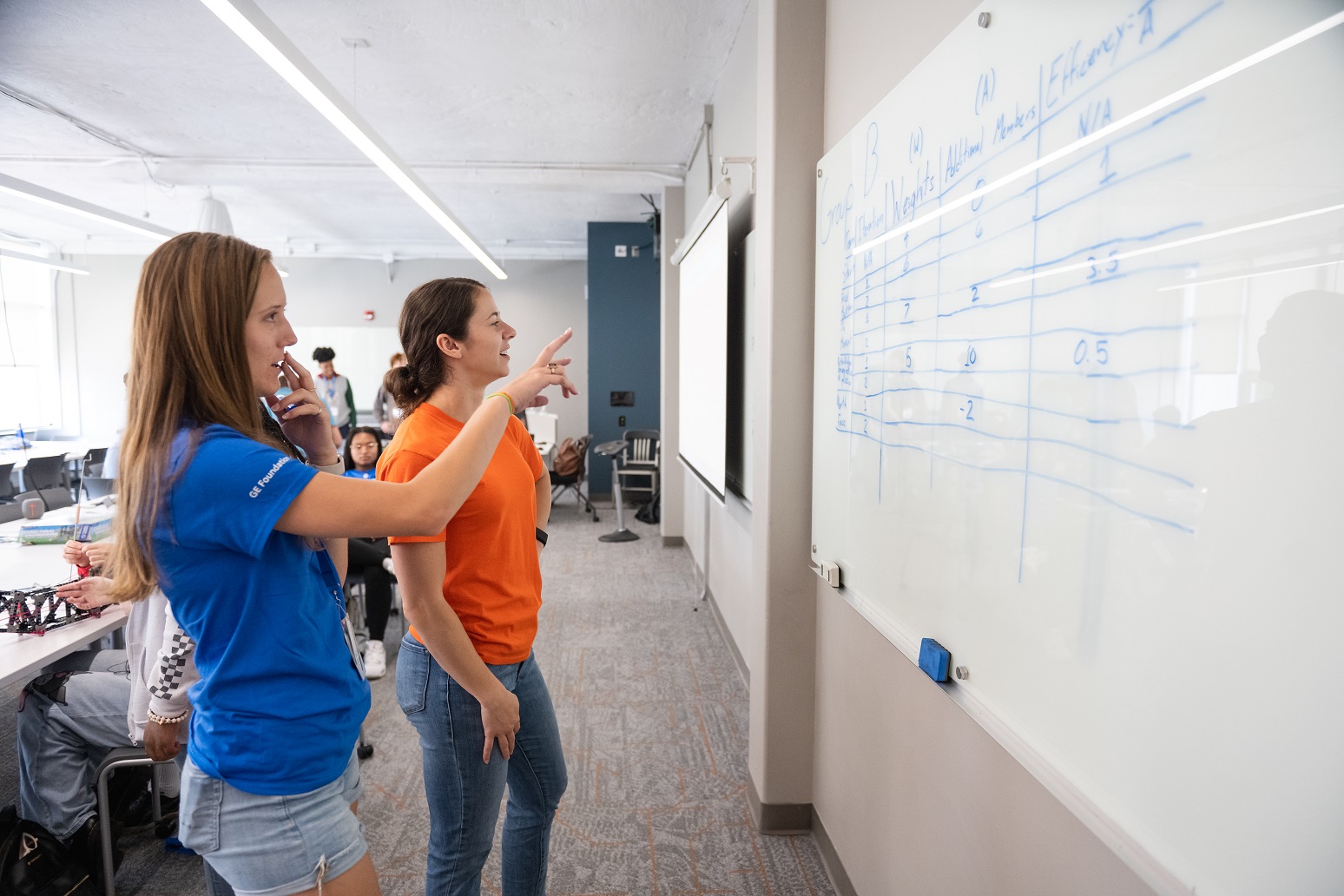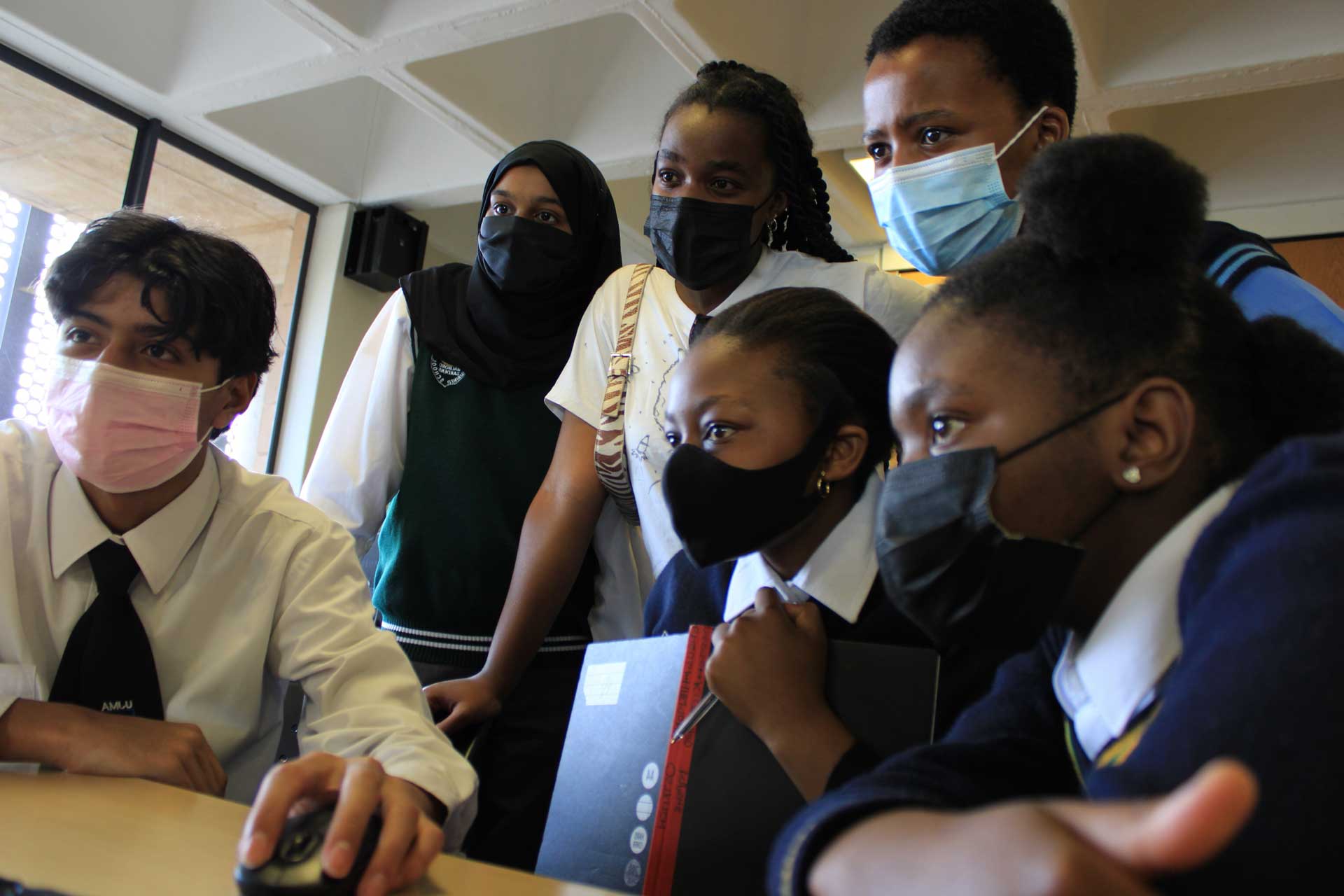

The James Webb Space Telescope is big. The primary mirror is 6.5 m (24 ft) high and the main heat shield is the size of a tennis court! Launching things into space is expensive. The heavier something is, the more expensive it is because it takes more fuel to escape Earth’s gravity.
Therefore, it was not possible for Webb to take lots of extra fuel with it. This means that it needed to be parked somewhere safe and stable in space that did not need it to burn lots of fuel to stay put.
Thankfully there are five such parking spaces in the Sun-Earth system. They are called Lagrange points after the mathematician who calculated the position of the final two (L4 and L5) and are spots where the gravity of the Sun and Earth is perfectly balanced by the orbital motion of a satellite.
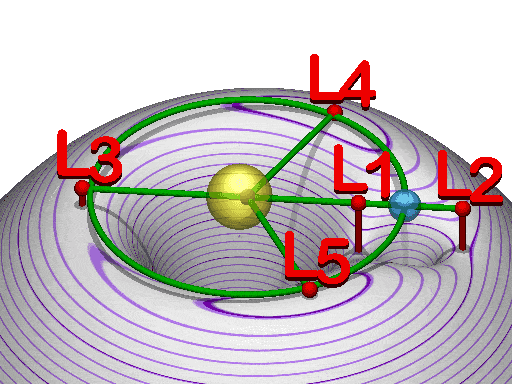
Image by cmglee released under a CC-BY-SA 3.0
L1 is used by the Solar and Heliospheric Observatory Satellite (SOHO) because it has an uninterrupted view of the sun.
There are two other satellites currently at L2, the Gaia Probe and Spektr-RG.
Another seven satellites are planned to be parked at L2 in the next few years.
Why do you think space telescopes are sent to park at L2 rather than L3?
Learn more about these celestial parking spaces by visiting What is a Lagrange Point? and watching this video.
Webb is parked at L2, about 1.5 million km (about 932,000 miles) from Earth, which means that it always has a clear view of the universe without the Earth getting in the way, but can still harness the sun’s light for power.
Take a look at Webb's complete orbit around the sun:
There are five similar Lagrange points for each of the planets in the solar system. Because L4 and L5 are stable, asteroids called Trojans tend to collect here. Jupiter, for example, has hundreds of them as shown by these animations.
It took 3 days for Webb to get about a quarter of the way to L2 and then another 27 days to travel the rest of the way. This is like riding a bicycle hard only at the start of a hill and then coasting the rest of the way up.
On this journey, Webb went through a complex dance to unfold itself and get ready for action. Watch the full sequence now.
James Webb Space Telescope Deployment Sequence

